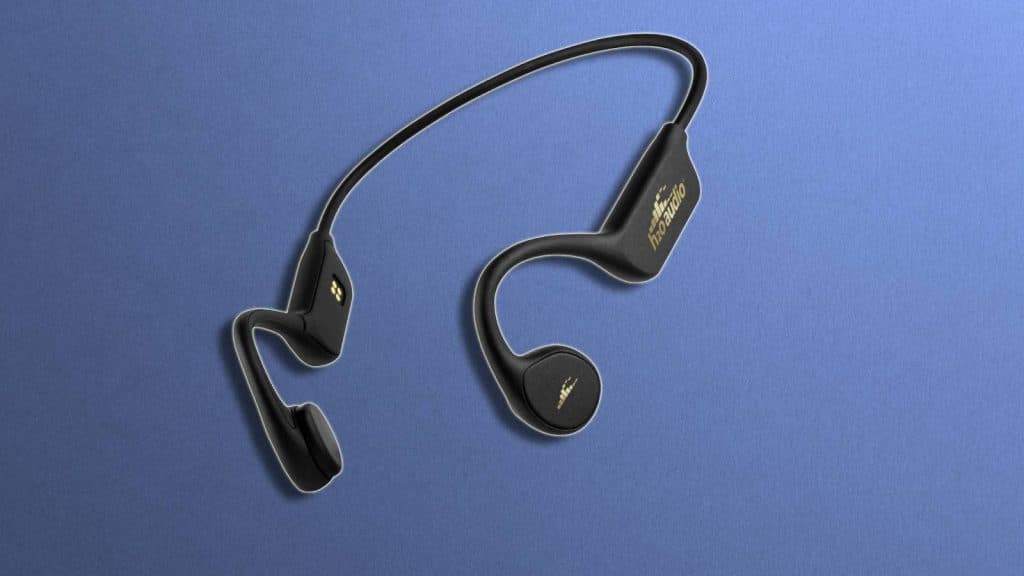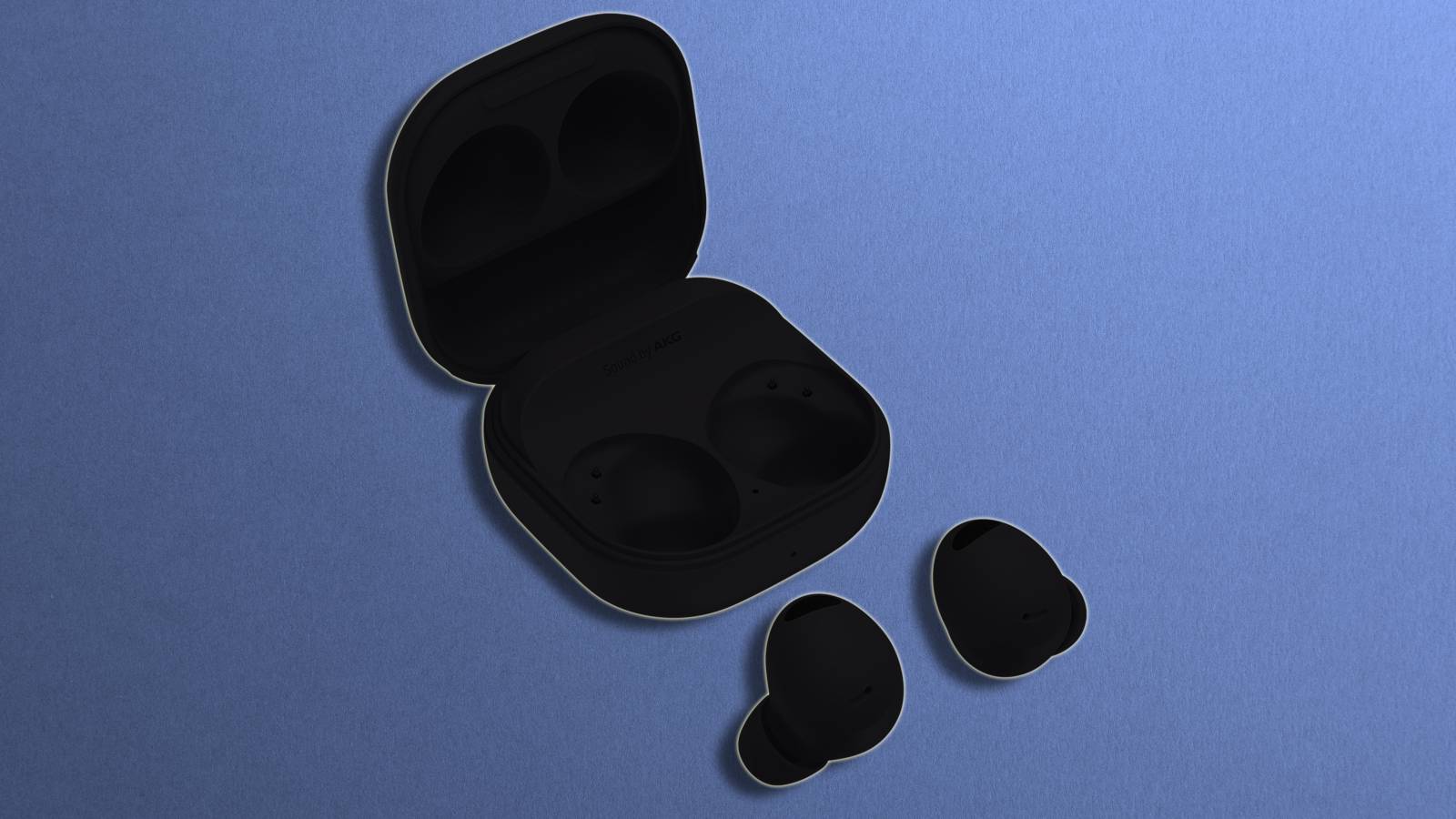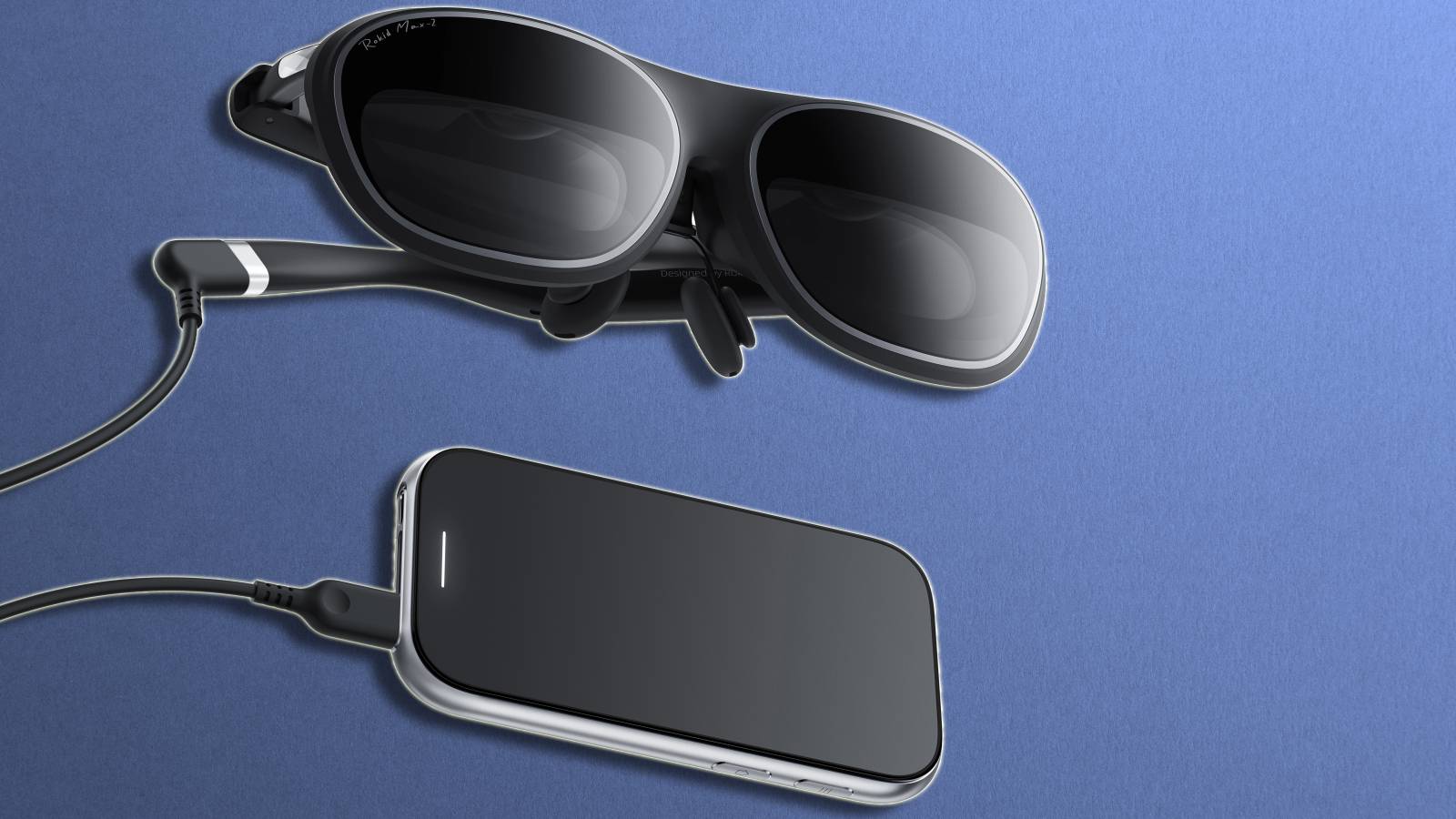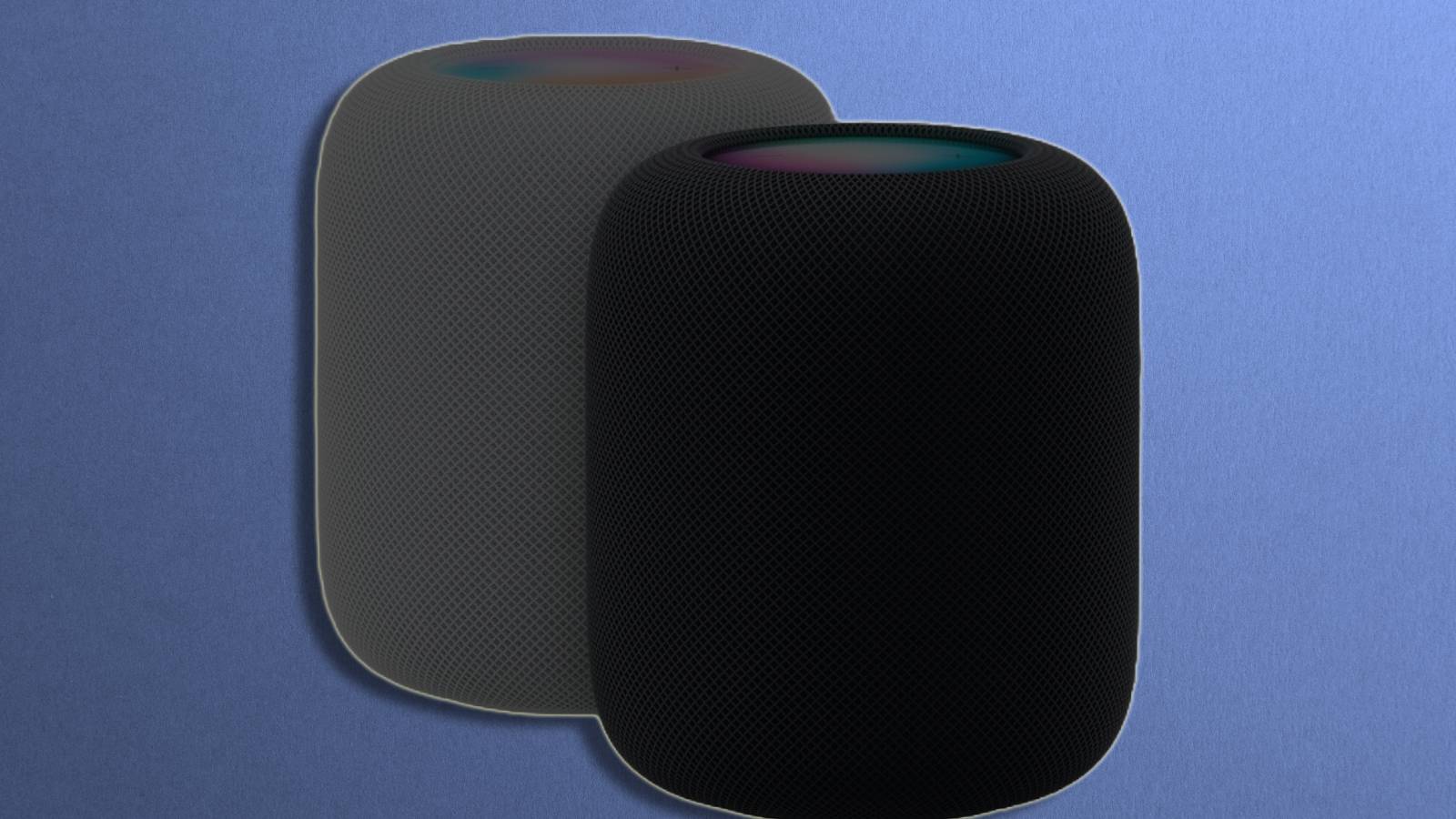Open-ear vs bone conduction headphones: Which is right for You?
 Dexerto
DexertoWe compare open-ear vs bone conduction headphones to help you pick the best option, if you lead an active lifestyle and need something a little bit different.
If you’re looking for an alternative to headphones or earbuds, you should consider open-ear or Bone conduction headphones. These are not only better for people with active lifestyles, but are incredibly comfortable for extended usage, too.
While bone conduction and open-ear headphones look similar, the difference lies in how they transmit sound. Moreover, it is essential to remember that all bone conduction headphones are open-ear headphones, but open-ear headphones are not necessarily classified as bone-conduction headphones.
This guide explains the similarities and differences and breaks down the tech for you.
What are open-ear headphones?
 Bose
BoseUnlike conventional earbuds or headphones, Open-ear headphones do not go in your ear or cover your ears. Instead, they sit outside your ears, and blast sound using directional speakers with the help of air-conduction technology.
Since they do not cover the ears, they let you hear environmental noise, keeping you aware of your surroundings. Since open-ear headphones do not block the air circulation in your ear or ear canal, they are considered safer and more hygienic.
Compared to conventional headphones or earbuds, the biggest downside of open-ear earbuds is that you miss out on the depth or bass in sound, and features like ANC are missing.
What are bone conduction headphones?
 H2O Audio
H2O AudioBone conduction headphones are a type of open-ear headphones that do not cover your ears, nor do they block your ear canals to transmit sound. Instead, they convert sound into vibrations transmitted to the cochlea through the skin and temporal bone.
Unlike open-ear headphones that transmit sound using directional speakers, bone conduction headphones are not dependent on an external medium. Thus producing clear sound, even in noisy environments.
That said, as these are a variety of open-ear headphones, several limitations remain, like lack of noise cancellation and environmental noise creeping in every time you listen to something.
Open-ear vs bone conduction headphones: Benefits and disadvantages
 Shokz
ShokzWhile the two headphones are similar in principle, bone conduction headphones have some distinct advantages over other open-ear headphones.
Firstly, as bone conduction headphones do not rely on a “speaker,” they can be better at water and dust resistance. You can use them underwater at the swimming pool or hiking in rainy weather without any worries.
Secondly, compared to open-ear headphones, a bone conduction headphone’s audio quality is considered far superior as they are not dependent on an external medium to carry the audio to your ears.
With that said, open-ear headphones come in various shapes and sizes, and you can choose one that matches your preferences. You can pick up an earbud-style headphone attached to your ears, or even select a neckband-style headphone. On the other hand, bone conduction headphones offer limited design choices.
Open-ear vs bone conduction headphones: Which one should you pick?
 Philips
PhilipsThe choice between bone conduction and open-ear headphones largely depends on your lifestyle and use cases. While both designs ensure you do not get cut off from the environment and surroundings, bone-conduction headphones are ideal for users with a far more active lifestyle.
If you plan to use the headphones actively while swimming or where they are easily exposed to moisture, you should prefer bone-conduction headphones. That said, the learning curve for bone conduction headphones is slightly bigger than other open-ear headphones.
Remember, you might have to use a proprietary dock to charge the bone conduction headphones, while most open-ear headphones can be charged using a Type-C cable, meaning you’ll have to carry one less charger while traveling. Lastly, open-ear headphones can be slightly cheaper out of the two, and you get a variety of design choices.
So, before picking one of these headphones, remember to list your priorities and choose accordingly.



